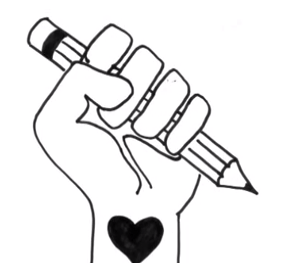Breaks Are Better
Breaks are Better is a version of Check-In/Check-Out (CICO) for students who engage in challenging behavior for the purpose of escaping or avoiding non-preferred tasks such as academic tasks or assignments. Students carry a point card and earn points for meeting expected academic behaviors and are provided with clear opportunities to ask for and take breaks in an appropriate way.
https://playbook.panoramaed.com/moves/995
Goal
The goal of this intervention is to provide students with clear academic expectations and frequent feedback to support their engagement and/or assignment completion. Additionally, Breaks are Better has the additional component to support students with appropriately taking breaks when they need to rather than engaging in challenging behaviors.
Action
Preparation:
Determine academic behaviors to target
Define target behaviors in positive way
Create point card that includes break tracker
Determine rewards students will earn for meeting daily or weekly goals
Determine the mentor student will check in with at the beginning and end of the day
Review the intervention with student
Explain the intervention
Review how to meet the expected behaviors
Demonstrate how the point card will be filled out
Explain how the student will earn rewards
Model and practice how the student should ask for breaks and how they will mark off allotted breaks on the point card
Daily Procedures:
Morning Check-In
Student and mentor have a check-in each morning after arriving to school
During this meeting the mentor reviews the behavioral goals, sets goals for the day, and provides encouragement to the student
Coordinator will ask student to give an example of a time when they will likely request a break that day
Review how to appropriate ask for a break (if needed)
Monitoring, Evaluation, and Feedback
Throughout the day, the teacher observes the student's behaviors
Teacher evaluates student behavior and fills in the rating on the student daily point card at the specific interval (e.g., end of each class, middle and end of day)
Student monitors breaks taken appropriately on the point card and earns points for taking breaks appropriately
Check-Out
At the end of the day, students meet with the same adult whom they began the day with
Together, they assess the total on their “point card” and discuss if the daily goals and target behaviors were reached
If students met their goals, the mentor provides verbal praise and/or specific reward. If the point goal was not met, the mentor offers supportive encouragement.
Breaks
Students can take up to 3 breaks during each academic routine
Breaks are 2-3 minutes in length and student use a timer to let them know when the break is finished
Students ask for a break by holding up their index finger, a break card
Teacher can indicate a thumbs up or thumbs down to indicate if it is a good time to take a break
Student marks one of their breaks off on the point card
When You Might Use This Strategy:
Students who are struggling with participating in class or completing academic work.
Students who engage in challenging behavior to avoid completing academic tasks.
Implementation Tips:
Customize goals, types of breaks, and rewards to meet the individual strengths and needs of your student(s)
Why this works
Breaks are Better has shown to decrease challenging behavior for students with escape-motivated problem behavior.
Supporting Evidence
https://www.pps.net/cms/lib/OR01913224/Centricity/Domain/5007/BrB-Implementation-Manual.pdf
https://vkc.vumc.org/assets/files/resources/tbsp-breaks-are-better.pdf
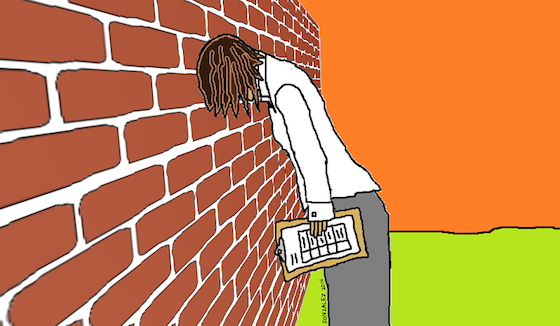
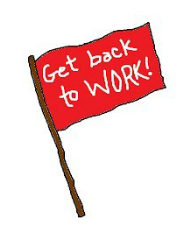 lternative: Whenever possible, address off-task behavior in private. Some teachers silently place a post-it note on the student’s desk to signal that a problem has occurred, then add a check mark for every subsequent infraction.
lternative: Whenever possible, address off-task behavior in private. Some teachers silently place a post-it note on the student’s desk to signal that a problem has occurred, then add a check mark for every subsequent infraction.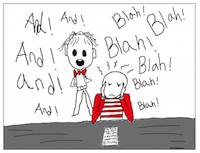 When you distribute a handout to students, do you give them quiet time to actually read it? Or do you keep talking, “going over it” and constantly interrupting them to the point where they can’t process any of it? When you do this, you guarantee that students will either skip over something important on the document, or miss a vital bit of information you gave verbally. The brain can’t do both at once.
When you distribute a handout to students, do you give them quiet time to actually read it? Or do you keep talking, “going over it” and constantly interrupting them to the point where they can’t process any of it? When you do this, you guarantee that students will either skip over something important on the document, or miss a vital bit of information you gave verbally. The brain can’t do both at once.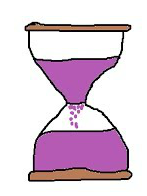 When a student gets off-task, an ineffective approach is wasting five minutes lecturing her about it. This not only makes you lose valuable instructional time, it also annoys the heck out of the other students, who are forced to sit and watch.
When a student gets off-task, an ineffective approach is wasting five minutes lecturing her about it. This not only makes you lose valuable instructional time, it also annoys the heck out of the other students, who are forced to sit and watch. It’s natural to give your energy to misbehaviors, to only comment when something goes wrong, but you’ll get more cooperation if you give equal (or more) attention to the good behaviors, especially when it comes to students who have trouble with self-control.
It’s natural to give your energy to misbehaviors, to only comment when something goes wrong, but you’ll get more cooperation if you give equal (or more) attention to the good behaviors, especially when it comes to students who have trouble with self-control.